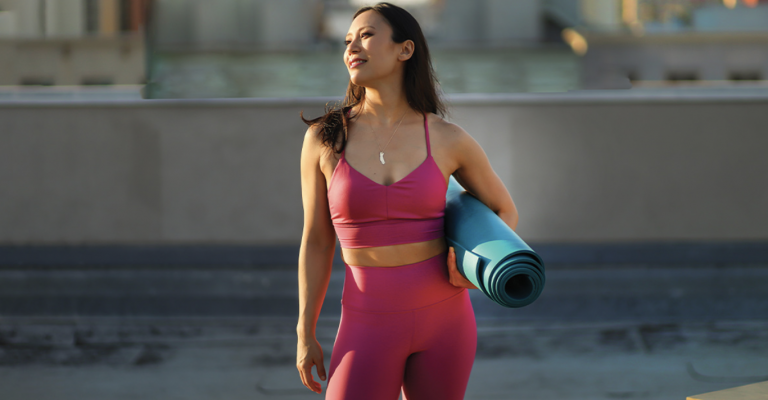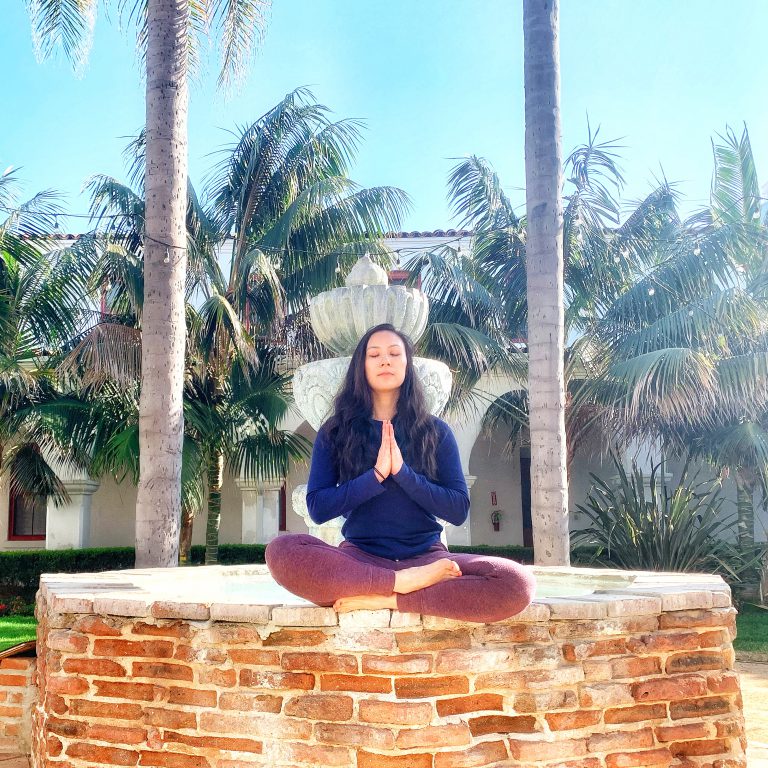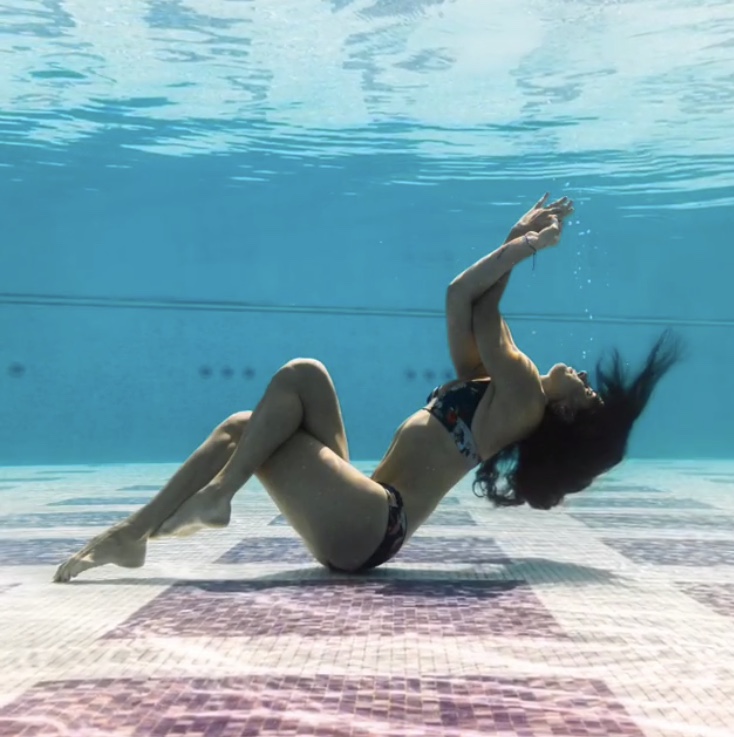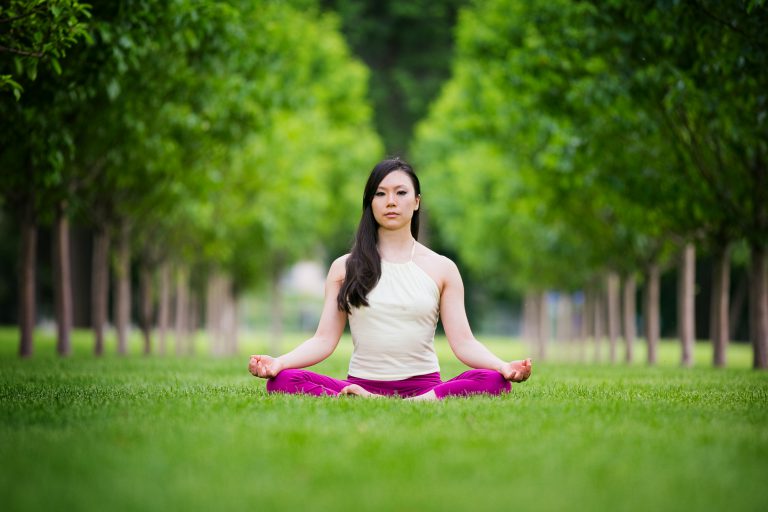This article was originally posted in Yoga Journal. Read the article here.
With over 86 percent of Portuguese citizens vaccinated, Portugal is one of the safest and easiest places to travel in Europe during the ongoing pandemic. Here’s where to go.
Ah, the grand European vacation. There is nothing more romantic than packing your bags and humming “La Vie en Rose” while you decide how to best pack your travel yoga mat. With more than 86 percent of Portuguese citizens vaccinated against COVID-19, Portugal has proven to be one of the safest and easiest places to travel in Europe during the ongoing pandemic. So for those of you looking to finally break your international travel hiatus from the last 18 months, a yoga vacation in Portugal may be just what you need.
Whether you’re looking to immerse yourself in regional culture and history, enjoy stunning and serene countryside, or lay out on vast sparkling beaches, Portugal has what you seek. The truth is, there are plenty of hotels and resorts to choose from in this European country that welcomes 28 million travelers per year. However, for those of you looking to quench your thirst for travel with a yoga-inspired respite, we’ve selected three destinations that are perfect for your next yoga holiday. Here, we take you on a journey through this magnificent country nestled between Spain and the Atlantic Ocean to the best yoga destinations Portugal has to offer.
Casa Fuzetta: Family-owned luxury in the Algarve
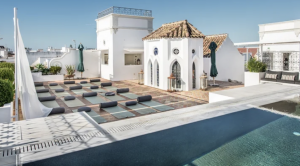
Courtesy of Casa Fuzetta
The Algarve (pronounced “al-gaarv”) is the Southernmost region of Portugal. This province is home to shimmering beaches, world-renowned surf breaks, and some of the best seafood in the world. In the years prior to the pandemic, tourism boomed here, and portions of the pristine 150-mile coastline became home to many touristy seaside resorts and construction-spatted traffic. But thankfully, there are still small, less-developed fishing villages and secluded beaches in the region, and this is where you can find our first Portuguese yoga destination.
Casa Fuzetta is an exquisitely renovated historic home located in the quiet fisherman’s village of Olhão (prounounced “ol-yowng”) in the heart of Portugal’s Algarve that is perfectly suited for hosting small-group yoga retreats. Originally a classical residence, it was lovingly restored over three years, with restoration completed in 2016. Local craftsmen and artisans were gathered to restore and preserve the property’s architectural heritage and imbue it with contemporary design and comfort, including a truly spectacular rooftop pool (pictured above).
At Casa Fuzetta, yoga spaces abound; from the rooftop deck, to stunning library space, to the opulent entry hall, you can find many lovely settings for group asana practice. A magnificent stained-glass meditation space is the perfect getaway for rest and quiet time, or opt for a live yoga class in the limestone courtyard. Yoga mats and props are available for each guest, as well as smart technology water bottles to ensure you stay hydrated during your practice.
The best part of Casa Fuzetta is that it is family-owned and personally managed by the owner, Tara Donovan. Her eye for design is noted in the elegant furnishings that adorn the house, some of which were passed down by her great-grandparents. Every element was chosen with functionality, comfort, and beauty in mind. Donovan understands the importance of connection both to others and within yourself, and Casa Fuzetta was built for just that. Whether you want to sit by the fireplace with your journal and morning tea, or practice restorative yoga on the yoga deck in the afternoons, the atmosphere of Casa Fuzetta will warmly embrace you. It truly is the perfect place to host an intimate yoga getaway in one of the most beautiful places in the world.
Quinta da Comporta: Where the locals vacation

Courtesy of Quinta Da Comporta
Comporta was recently named the “Hamptons of Portugal” by Fodor’s Travel. But the label is somewhat misleading, because this lovely Portuguese town cannot be compared to any other place in the world. In Comporta, rural Portugal still survives in tradition-steeped fisheries and rice fields that span from the town all the way to its pristine beaches. While this seaside town is an easy getaway from Portugal’s capital city of Lisbon, located just 75 miles south, it seems worlds away in its disposition.
Here, among the miles of golden seaside sand dunes, you will find Quinta da Comporta, a vacationers’ paradise perfectly suited for awe-inspiring yoga getaways. Whether you want to plan a yoga retreat or a personal getaway, this wellness resort is a haven for peace and tranquility. Its outdoor yoga shala overlooks the serene rice fields, or you can practice aqua yoga in their indoor or outdoor pools, or roll out a mat in their state-of-the-art indoor gym. If you seek the non-touristy experience and want to vacation where the Portuguese themselves get away, Quinta da Comporta is where you will find it. The property is designed to remain faithful to the region’s provincial style: brightly whitewashed walls with vibrant blue accents, and a quiet respect for the land where fisherman and rice farmers have lived in symbiotic harmony for centuries.
The village of Comporta is the highest volume rice producer in all of Europe, so after morning asana practice, be sure to take a bike ride through the nearby rice fields. Then head back to the spa for a treatment that uses Quinta da Comporta’s own skincare product line, Oryza Lab (latin for “rice”), all made from rice directly farmed in the region. After your treatment, you may want to take a relaxing dip in the resort’s stunning heated pool before having dinner at their farm-to-table restaurant, which harvests fruits and vegetables from its own on-property garden. Protected by strict environmental laws, day-to-day life in Comporta follows the same easy rhythm as it did hundreds of years ago, to help you reconnect to the simpler things in life while you breath in the fresh sea air during pranayama practice.
Six Senses Douro Valley: Come for the yoga, stay for the transformation

Courtesy Six Senses Douro Valley
As the world’s oldest demarcated wine region, Douro Valley was declared a UNESCO World Heritage site in 2001. Its magnificent landscape is characterized by remarkably engineered terraces covered in vines with wine-making history that dates back over 2000 years. Beauty and relaxation are a way of life in Douro Valley, and if you are looking for a personal yoga retreat, this is it.
The majestic River Douro supplies the region with the irrigation it needs to grow its precious wine and port-making grapes. In this magical region, you will find Six Senses Douro Valley, set in a beautifully renovated 19th-century manor house. This destination focuses its offerings on luxury, sustainability, wellness, and in particular, yoga. There are no shortage of yoga and meditation classes on the daily activities schedule. Or, you may choose from three-, five-, seven-, or 10-day personalized yoga packages, with programs such as Discover Yoga, Yoga Detox, and Yogic Sleep.
For karma yogis, Six Senses is committed to giving back to the Douro Valley community by supporting at-risk youth and animals, as well as protecting the land in and around the resort. Additionally, your retreat may also include experiences steeped in Portuguese tradition and earth-centered sustainability. The Douro Valley continues to rely heavily on its agricultural industry, and farming families often pickle and ferment their harvest to ensure their own food supply throughout the year. Six Senses keeps these traditions alive by offering courses in organic gardening, pickling, and fermenting so you can learn the Portuguese traditions of food preservation.
Outdoorsy yogis can experience forest bathing or take a tree climbing class, as the property is graced with 10 acres of beautifully preserved forest. Or boost your mental health with a bike ride through the vineyards before taking a kayak out on the tranquil Douro River. Be sure to schedule time in the Six Senses Spa, where your massage begins with a sound bath before you slip into blissful relaxation. The perfect way to alchemize the energy of the Douro Valley and reconnect to your senses.
A trip to magnificent Portugal offers something for every yogi; whether as a small-group retreat at family-owned Casa Fuzetta, a large group escape at Quinta da Comporta, or a personal, yoga-inspired getaway at Six Senses Duoro Valley. Yoga is about connection and these three destinations offer the perfect antidote for the isolation and disconnection felt by so many over the past 18 months.

